Bologan on the Pirc - A review
Davide Nastasio, a club player from the US, used to believe that the Modern Pirc was not an opening which could be played by black for a win. But when he came across GM Bologan's DVD on the Modern Pirc, he was able to see the opening in a new light. He realised that if he clubbed the Pirc and the King's Indian, he could build for himself a sharp tactical repertoire with the black pieces. Below is his account of his experience with the DVD.

Bologan begins with a statement which impressed me because I hadn't considered the Pirc to be a good opening to play for a win. He said he has played hundreds of classical games with it. I updated my database to April 2017 with all his games in the "Modern" - Pirc, and, in fact, he has played it quite a lot as Black against 1.e4. But what really impressed me – and this cannot be conveyed through a book – was his tone of voice. From his voice and body language, it was clear that he considered the Modern a strong opening.

Bologan explains that the adjective "modern" was introduced to better define the modern pawn structures and a mix of ideas – sometimes based on the Pc6 and Pd5, sometimes with Pc6 and Pd6 pawn structures – which this opening has evolved into through the years. Practically the main idea is Pg6 and Bg7. And then, depending on what White does, one answers with the correct "Modern" pawn structure.
Why did I want to learn this opening from Bologan? Well, the reason is simple. Lately, I wrote a review for one of Bologan's latest books on the King's Indian defence (from now on abbreviated as KID) published by New in Chess. Going through it, I realized the potential of learning the Pirc/Modern/KID and have an entire repertoire which covers all of White's common first opening moves through the use of a kind of fianchetto system. Bologan confirms my hypothesis (learning the Modern and the King's Indian could be all one's needs to have a complete repertoire) in the fourth video of this DVD, which is based on the sequence of moves 1.e4 g6 2.d4 Bg7 3. c4.

However, in this DVD, he doesn't approach the problem by telling the viewer to learn the KID. He just gives another way to deviate from what White wants to do, which is to bring us inside the KID maze through a transposition.
Let me reiterate the point, in my opinion, one shouldn't steer away from main openings like the KID, the Sicilian, the Ruy Lopez etc. because, in the long run, they will form us as players. But if one doesn't have much time to study, and wants to go to play in a weekend tournament, Bologan approach of avoiding the KID is the way to go.
Bologan explains the possible setups and how they passed from the Classical Pirc to the Modern Pirc in the introduction video. He also adds that in Moldova, his own native country, this opening was developed by two important chess coaches: Chebanenko and students, and Gavrikov.

Bologan says he won or tied first place in the New York Open 1997 making 4 points out of 4 games with Black, thanks to the Modern! I managed to track down some of those games because I believe Bologan is an amazing teacher. Hence one must study his games, and I wanted to witness and share what an amazing grinding machine Bologan was when he was young. To win 4 games with Black is not an easy task, especially at the World Open where everyone plays their best to win the big money. One of the games is not a pure Pirc/Modern so it is not included.

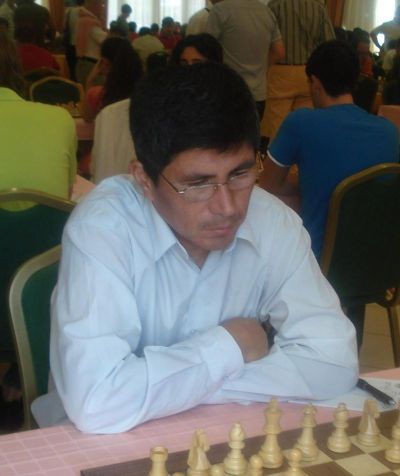
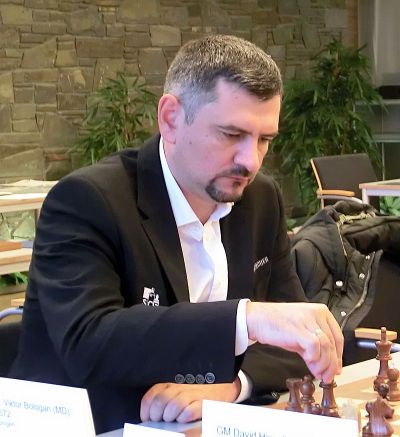
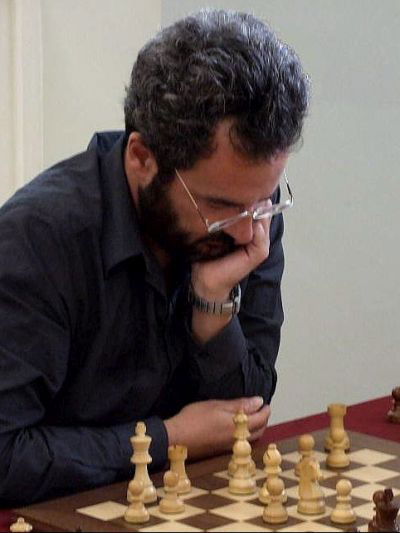
Bologan's words are quite honest. He said he doesn’t want to propose only this opening as the student’s repertoire since the ideas behind e5 and c5 are important. But from time to time this can be used as a surprise weapon. His words resonated in my ears because Bologan is clearly saying if you want to be a complete chess player you need to learn to play 1...e5 or 1...c5. But at the same time, if you want to go to play at a weekend open tournament, and be successful, then this can become a great weapon in your hands to win games!
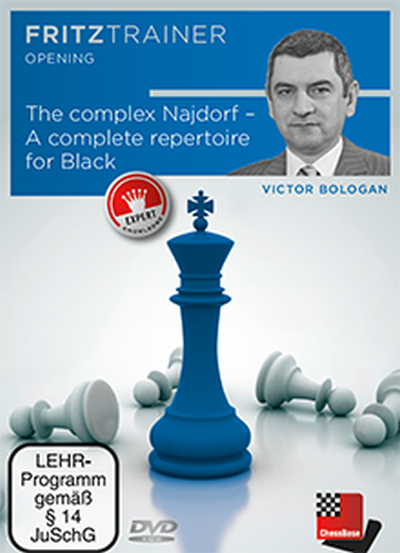

The author in the introduction video also utters another important truth: "if you know your opponent is a strong theoretician, just go for 1...g6!". In fact, I was the victim of 1...g6 a few times myself. And even if I'm not a theoretician like the top GMs, I'm considered one thanks to all these reviews I write.
Bologan begins the DVD with a sideline. This is a nice approach because we often play blitz or bullet to practice a new opening and acquire an awareness of its common problems. Thanks to this approach we will not be surprised by our opponents. In today's rapid time controls, a surprise can cost 5-10 minutes to be neutralized, and that can cost us the game. Hence, this was a smart choice by Bologan.
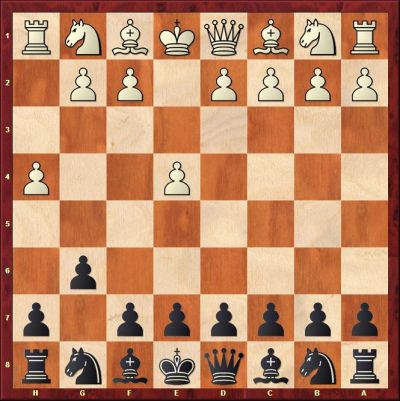
Beginning with few of the lines Bologan presented, I understood one needs to practice the given opening moves against a computer a few times and discover the main motifs of this opening.
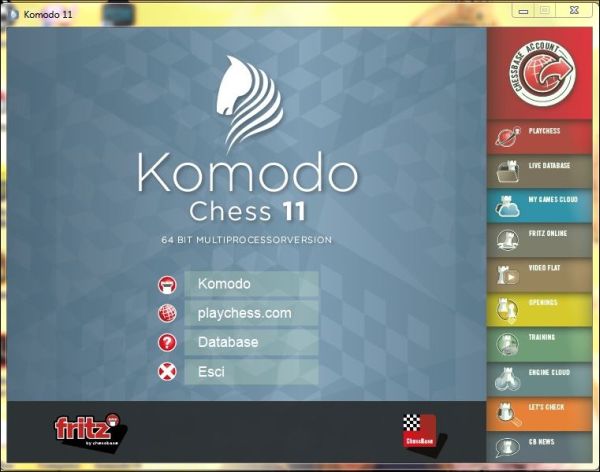

This gave me immediately two main feedbacks:
1. Showed me if I like this opening.
2. Made me understand the problems inherent in the position, instead of discovering it in a tournament game.
Another important approach is to watch the games which come with the DVD. The working database consists of 20 games/lines presented in the videos, and one can use them to improve the theoretical understanding of a line, especially after playing a game. Practically, one would add the new moves played by the opponent or oneself to the file, keeping it updated, and eventually watch it quickly before a tournament game to refresh one's memory. It can be used as "opening trainer" database to better remember the moves, with the new tools provided by Chessbase in programs like Chessbase 14 or Komodo 11, or even online!
The other database of model games contains 96 games and those are the ones we must study in order to have a grasp of the main middlegame themes and endgames resulting from this opening.
The DVD comprises of 20 videos which analyze and explain the theory of the opening and 16 interactive videos in which Bologan presents some positions, and asks the student to find the correct continuation. In the interactive videos, Bologan gives feedback when one plays the wrong move, and reinforcing the main ideas, when one gets it right.
In conclusion, I'm quite happy Bologan made this DVD on the Modern-Pirc, and also the one on the KID. Thanks to them, I am hopeful of learning a new and tactically sharp repertoire to use for my next tournaments which could give me an edge over my opponents, like it did for Bologan!
About the Author

Davide Nastasio is a novel chess aficionado, who has made of chess his spiritual tool of improvement, and self-discovery. One of his favourite quotes is from the great Paul Keres: "Nobody is born a master. The way to mastery leads to the desired goal only after long years of learning, of struggle, of rejoicing, and of disappointment..." He is one of the main writers for ChessCafe on Chessbase products, he authors articles on British Chess Magazine, and he is one of the main contributors of Georgia Chess Magazine in the new electronic format: Georgia Chess News. He is an active player and organizes and directs chess tournaments.

